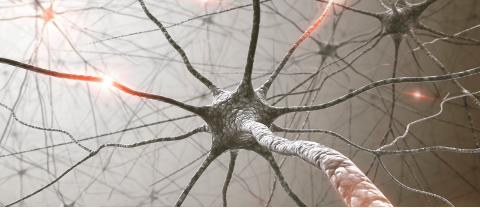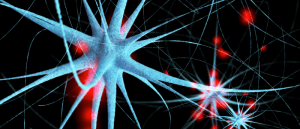Neurons in brainstem linked to opioid overdose

Researchers have identified the neurons and receptors that are involved in the disrupted breathing that occurs during opioid overdose and have found that blocking specific receptors in these neurons can restore breathing.
It has long been established that opioid overdose deaths are caused by disrupted breathing, termed opioid-induced respiratory depression (OIRD); however, the way in which opioids suppress respiration was unclear. Now, researchers from the Sulk Institute (CA, USA) have identified a group of neurons in the brainstem that play a key role in the process and have shown that blocking receptors in these neurons can cause OIRD to be reversed.
“The underlying mechanism of why opiates slow down and depress the breathing rhythm has not been fully characterized,” commented senior investigator Sung Han. “This knowledge can provide a stepping stone to better treatment options for OIRD.”
Opioids are highly addictive painkillers that have resulted in what is termed the ‘opioid epidemic’, a crisis that caused over 50,000 deaths in the USA in 2020 alone. Opioids bind to opioid receptors on neurons and inhibit their activity, subsequently relieving pain. Naloxone is the only medication known to treat an opioid overdose, but it works systematically by blocking opioid receptors throughout the body, including those that control pain.
Improved mental health shows increased serotonin transporters in the brain
Levels of a neurotransmitter in the brain – serotonin – could be linked to depression, as it is carried away from cerebral neuron synapses by the transporter protein, 5-HTT.
The study, published in Proceedings of the National Academy of Sciences, identified a group of neurons in the brainstem breathing modulation center that expressed a specific type of opioid receptor called mu opioid receptor. The researchers found that when mice who had been genetically engineered to lack these receptors were exposed to morphine, their breathing was not disrupted, unlike mice in the control group. They also found that, even in the absence of opioids, stimulating the mu opioid receptors in the control mice induced OIRD.
The researchers discovered that they could reverse OIRD in overdosed mice by treating them with chemical compounds that targeted other receptors on the neurons, activating the neurons. “We discovered four different chemical compounds that successfully activated these neurons and brought back the breathing rate during OIRD,” explained first author Shijia Liu.
In the future, the team hope to identify other cell groups that may also play a role in OIRD, and further understand the connection between breathing regulation and pain perception in the brain. “We hope to explain the pain-breathing segregation at the molecular or microcircuit level. By doing that, we can try to restore breathing without touching analgesic effects of opioids,” concluded Han.
While developing new treatments for OIRD and opioid overdose does not directly address the cause of the opioid epidemic, it could help ensure that fewer lives are lost.
